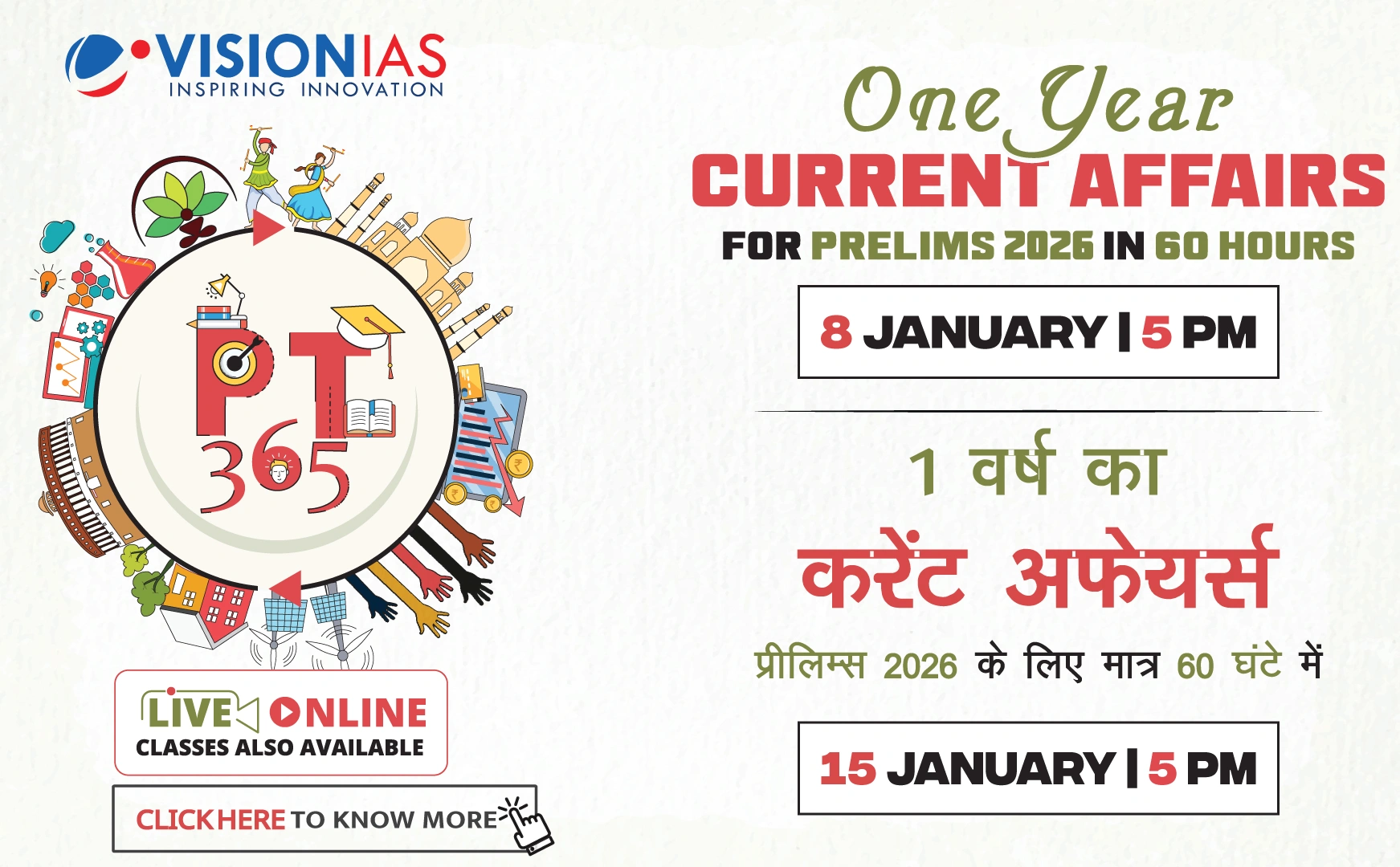Obesity and its Growing Threat in India
The battle against malnutrition in Indian communities is overshadowed by a burgeoning obesity crisis, posing severe health risks, notably cancer.
Current Situation and Statistics
- Nearly 20% of Indian households have all adults classified as overweight, and 10% as obese.
- States like Tamil Nadu and Punjab show that 40% of households have all adults classified as obese.
- Urban areas exhibit obesity clustering rates twice those of rural areas.
Transgenerational and Environmental Impacts
- Obesity within households fosters unhealthy dietary and lifestyle patterns across generations.
- Shared environmental and behavioral factors contribute to this clustering.
Link to Cancer
- The WHO's International Agency for Research on Cancer classifies excess body weight as a significant cancer risk.
- Obesity is linked with at least 13 types of cancers, including colorectal, breast (postmenopausal), and pancreatic cancers.
- An IARC study (2023) found high BMI increases cancer risk by 17% among those with cardiovascular diseases.
Biological Pathways and Economic Implications
- Pathways include hyperinsulinemia, chronic inflammation, hormonal disruption, and cardio-metabolic dysfunction.
- Cancer treatment costs can be financially catastrophic for families, especially with multiple affected members.
Prevention and Government Initiatives
- Target obesity prevention at the family level.
- The government plans to establish Day Care Cancer Centres across district hospitals by 2025-26.
- Expand programmes targeting high-risk households, particularly in southern states and urban areas.
Regulatory and Community-Based Interventions
- Implement taxes on sugary beverages and mandate nutrition labeling.
- Encourage households to adopt healthier shopping, cooking, and exercise habits.
- Create walkable neighborhoods and promote physical activity in urban/work environments.
Addressing India’s obesity crisis requires immediate action. Preventive measures now could avert future cancer risks, underscoring the urgency of comprehensive obesity prevention strategies.



